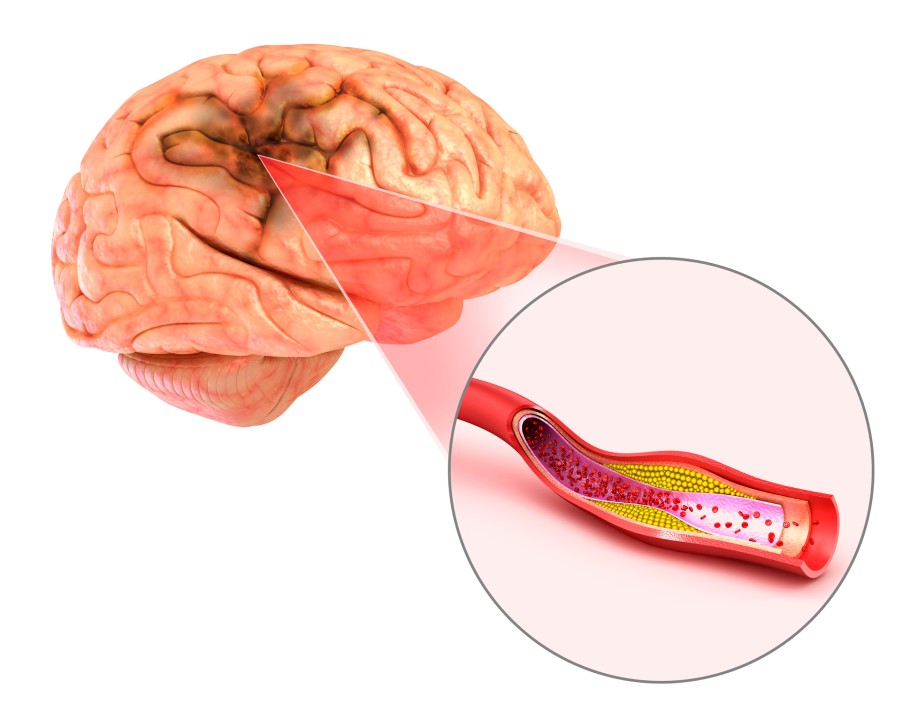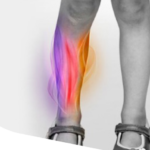Cerebral ischemia, commonly referred to as brain ischemia, is a serious medical condition caused by insufficient blood flow to the brain. This lack of adequate blood supply deprives brain tissue of oxygen and essential nutrients, leading to potential cell damage or death. Recognizing and addressing cerebral ischemia promptly is critical to minimizing long-term consequences.

The Causes of Cerebral Ischemia
Cerebral ischemia arises from various factors that impede normal blood flow. Key causes include:
- Atherosclerosis: The buildup of fatty deposits in arteries narrows blood vessels, restricting circulation.
- Embolism: Blood clots or other debris can travel through the bloodstream and block arteries supplying the brain.
- Hypotension: Critically low blood pressure reduces the amount of blood reaching the brain.
- Vascular Spasms: Sudden narrowing of blood vessels, often triggered by stress or underlying conditions, can restrict flow.
- Trauma: Head injuries or other trauma can disrupt cerebral blood circulation.
Symptoms
Symptoms of cerebral ischemia vary depending on the severity and affected brain area. Common indicators include:
- Sudden weakness or numbness, particularly on one side of the body
- Difficulty speaking or understanding speech
- Visual disturbances, such as blurred or double vision
- Loss of coordination or balance
- Severe headache
Symptoms often mimic those of a stroke, emphasizing the importance of immediate medical evaluation.
Types of Cerebral Ischemia
1. Focal Cerebral Ischemia
Occurs when blood flow is restricted to a specific brain region. This is often seen in ischemic strokes caused by localized blockages.
2. Global Cerebral Ischemia
Affects the entire brain and is usually associated with severe hypotension or cardiac arrest. This form can lead to widespread brain damage if prolonged.
Diagnosis
Accurate diagnosis involves:
- Imaging Tests: CT scans and MRIs help visualize blockages or affected brain areas.
- Angiography: Examines blood vessels for abnormalities.
- Blood Tests: Identifies risk factors like high cholesterol or clotting disorders.
- Electroencephalography (EEG): Evaluates brain activity in suspected ischemia cases.
Treatment Options
Effective management combines immediate intervention and long-term prevention:
1. Emergency Treatments
- Thrombolysis: Administering clot-dissolving medications like tissue plasminogen activator (tPA) to restore blood flow.
- Mechanical Thrombectomy: Removing clots using a catheter in cases of large artery blockages.
2. Long-term Therapies
- Antiplatelet Drugs: Medications like aspirin to prevent clot formation.
- Statins: Lower cholesterol levels to reduce atherosclerosis risk.
- Lifestyle Changes: Adopting a heart-healthy diet, regular exercise, and quitting smoking.
3. Surgical Interventions
- Carotid Endarterectomy: Removing plaque from carotid arteries.
- Angioplasty and Stenting: Widening narrowed arteries and placing stents to maintain blood flow.
Prevention Strategies
Preventing cerebral ischemia involves managing risk factors and adopting healthy habits:
- Control Blood Pressure: Keep hypertension in check through medication and lifestyle modifications.
- Monitor Blood Sugar: Prevent or manage diabetes effectively.
- Regular Exercise: Promote cardiovascular health with aerobic activities.
- Healthy Diet: Focus on fruits, vegetables, whole grains, and lean proteins.
- Avoid Smoking and Excessive Alcohol: Both contribute to vascular damage.
Complications of Cerebral Ischemia
Without timely intervention, its lead to:
- Ischemic Stroke: Permanent neurological damage due to prolonged oxygen deprivation.
- Cognitive Decline: Memory issues and reduced cognitive abilities.
- Motor Impairments: Long-term difficulties with movement or coordination.

